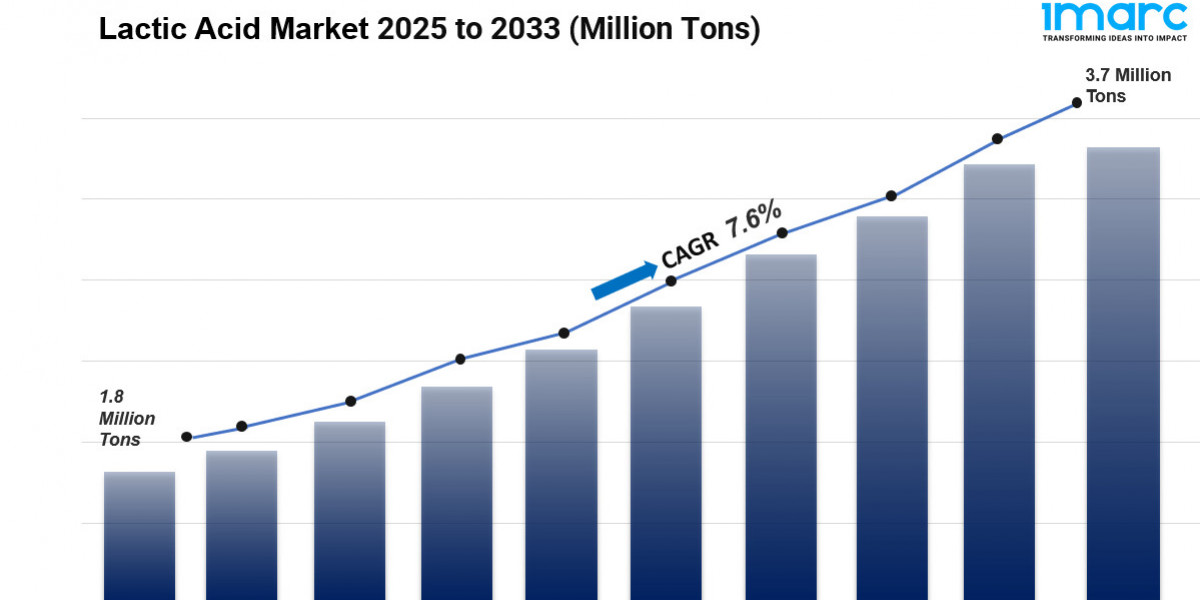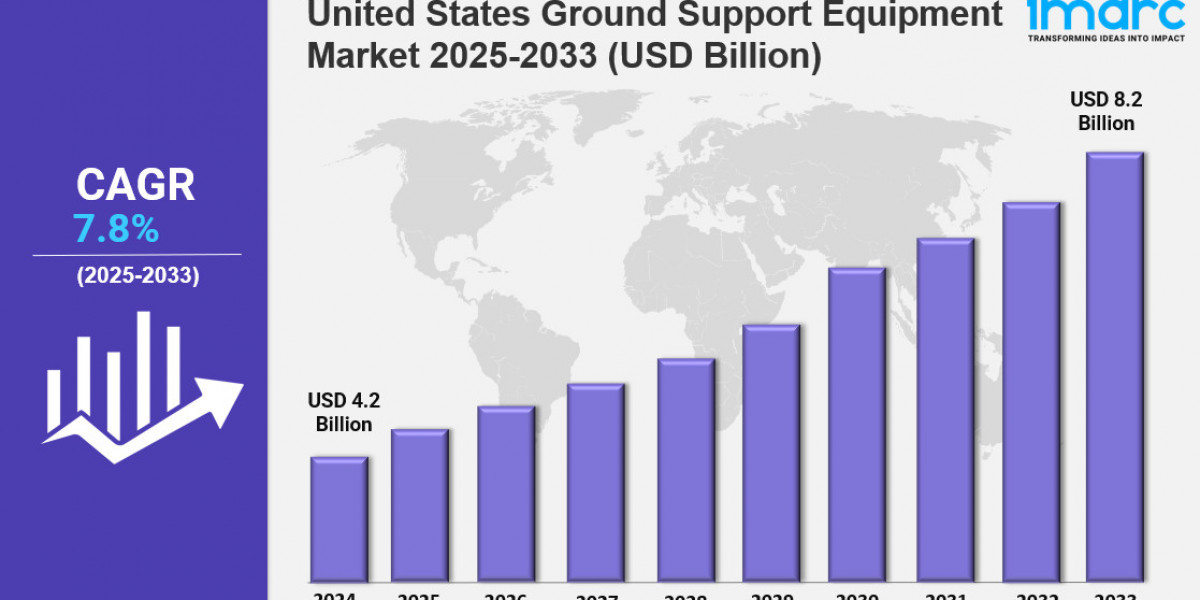Data translation is a fundamental process that enables businesses to exchange information electronically through standardized formats. In the realm of Electronic Data Interchange (EDI), data translation acts as the bridge between raw business data and the structured EDI documents required by trading partners.
What is Data Translation?
Data translation refers to the conversion of data from one format to another. Specifically, in EDI, it involves transforming electronic data extracted from internal systems into a standardized EDI format, compliant with the trading partner’s requirements. This ensures smooth communication and reduces errors caused by incompatible data formats.
How Data Translation Works in EDI
The data translation process begins after gathering information stored in various internal systems like ERP, CRM, or warehouse management systems. This data is first prepared as an electronic document such as an invoice or purchase order. The crucial next step is feeding this electronic data into a translator tool.
The translator, which can be an in-house software or a third-party EDI provider service, converts the electronic document into the correct EDI format. This conversion strictly follows the mapping guidelines provided by the trading partner, which dictate the structure, data elements, and segments needed.
Why is Data Translation Important?
Without effective data translation, businesses face significant challenges in exchanging information electronically. Each trading partner may use different EDI standards such as X12, EDIFACT, or others. Data translation ensures compatibility by converting data into the appropriate standard, enabling accurate and timely communication.
Data translation also improves efficiency by automating document processing. Manual entry errors are minimized, and transaction times are reduced, leading to faster business cycles and improved partner relationships.
Steps Involved in Data Translation for EDI
There are three key steps when sending EDI documents that heavily rely on data translation:
Preparation of Electronic Documents: Data from internal systems is collected and organized into an electronic file ready for translation.
Data Translation: The electronic file is input into the translation software or service, which converts it into the specified EDI format according to the trading partner’s mapping guidelines.
Communication Setup and Transmission: Once translated, the EDI documents are sent to trading partners through secure channels such as AS2, FTP, or VAN.
After transmission, trading partners receive and process the documents using their own translation tools, completing the data exchange cycle.
Conclusion
Data translation is an indispensable part of the EDI process that ensures business documents are converted into standardized electronic formats suitable for efficient communication between trading partners. By automating this process, companies improve accuracy, reduce costs, and maintain seamless collaboration in the supply chain.








